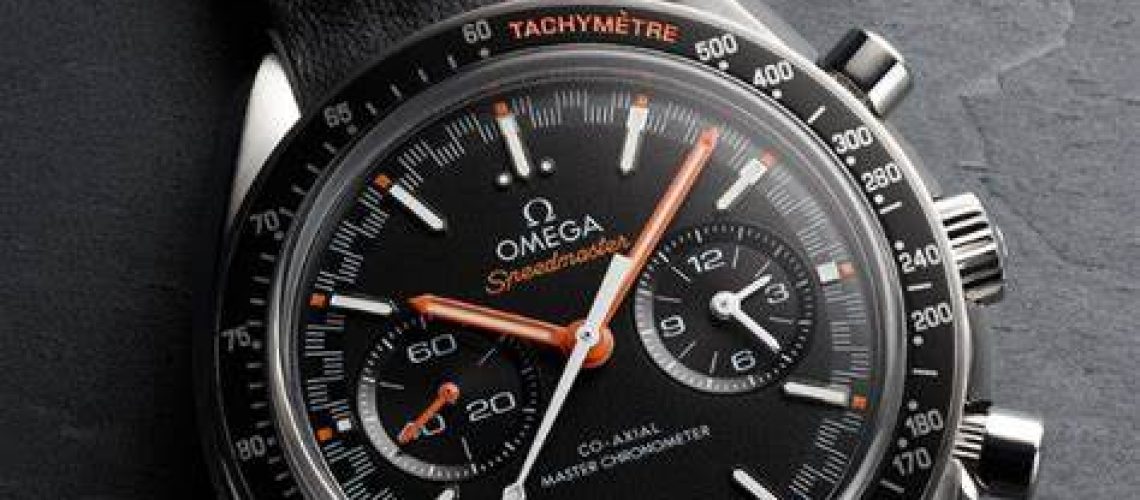Introduction to the Tachymeter
So, you’ve got a watch with a tachymeter, or maybe you’ve seen one and wondered, “What’s that mysterious scale around the bezel?” A tachymeter isn’t just for show—it’s a tool that can measure speed, time, and productivity, all with the flick of a wrist.
What is a Tachymeter?
In simple terms, a tachymeter is a scale found on chronograph watches that allows you to measure speed or rate. Whether you’re timing a car on a track or calculating how many widgets you can make in an hour, a tachymeter can help you out.
History of the Tachymeter in Watchmaking
The tachymeter first appeared in the early 20th century, coinciding with the rise of automobiles and aviation. As industries grew faster, so did the need to measure speed accurately. Brands like Omega and Rolex popularized tachymeters on their iconic models, making them a must-have for professionals and enthusiasts.
Why is a Tachymeter Useful?
A tachymeter is invaluable for anyone who needs to measure speed, distance, or production rates. It’s like having a tiny calculator on your wrist—no extra gadgets required!
Anatomy of a Tachymeter
To make the most of a tachymeter, you need to know where it is and how it works.
Where is the Tachymeter Found on a Watch?
The tachymeter scale is usually located around the bezel (the outer ring) or the outer edge of the watch face. It’s typically engraved or printed, making it easy to spot.
Understanding the Tachymeter Scale
The scale typically ranges from 60 to 500. The numbers correspond to units per hour, such as miles per hour or items produced per hour. If you see “240” on the scale, it means 240 units per hour.
Key Components You Need to Know
The tachymeter works in tandem with the chronograph (stopwatch) function of the watch. The second hand and tachymeter scale are the stars of the show here.
The Basics of Using a Tachymeter
Ready to dive in? Let’s break it down.
How Does a Tachymeter Work?
The tachymeter calculates speed or rate based on the time it takes to travel a fixed distance or complete a task. All you need is a known distance or quantity.
Measuring Speed Over a Fixed Distance
Here’s a classic example: you’re timing a car over a one-mile stretch. Start the chronograph as the car begins and stop it as it finishes. The second hand will point to a number on the tachymeter scale, which gives you the speed in miles per hour.
Example: Calculating Speed While Driving
Let’s say it takes 30 seconds to cover one mile. The second hand will point to “120” on the tachymeter, meaning the car is traveling at 120 miles per hour.
Measuring Units Per Hour
A tachymeter can also measure rates, like how many items are produced in an hour. Simply time how long it takes to produce one item, and the tachymeter will do the math.
Example: Calculating Production Rate
If it takes 20 seconds to produce one item, the tachymeter will point to “180,” meaning 180 items per hour.
Step-by-Step Guide to Using a Tachymeter
Let’s put theory into action.
Setting the Chronograph
Before starting, ensure the chronograph is reset to zero. This is your baseline.
Starting and Stopping the Timer
Start the chronograph when your activity begins and stop it as soon as it ends. Precision is key here!
Reading the Scale for Results
Once you’ve stopped the timer, check where the second hand points on the tachymeter scale. That number is your result.
Practical Applications of a Tachymeter
The tachymeter isn’t just for racing drivers. It has a range of practical uses.
Using a Tachymeter in Racing
Motorsports enthusiasts can use a tachymeter to measure lap speeds or vehicle performance—essential for fine-tuning strategies.
Everyday Uses of a Tachymeter
From timing your morning run to calculating hourly rates for tasks, a tachymeter has practical applications in daily life.
Tachymeters in Aviation
Pilots have historically used tachymeters to calculate airspeed and distances, proving their versatility beyond the ground.
Advanced Tips for Tachymeter Use
Even seasoned watch enthusiasts can benefit from these tips.
Tips for Accurate Readings
Ensure your starting point is precise, and avoid rounding distances or times for the most accurate results.
Troubleshooting Common Mistakes
Struggling to get consistent readings? Double-check your timing and make sure the chronograph is reset before starting.
Understanding Limitations of the Tachymeter
A tachymeter works best for tasks that fit within its scale (typically 7.5 seconds to 60 seconds). Activities outside this range may require other tools.
Iconic Watches with Tachymeters
Many luxury watches feature tachymeters, blending style and functionality.
Famous Tachymeter Watches in History
The Omega Speedmaster and Rolex Daytona are prime examples of watches that made tachymeters iconic.
Modern Watches Featuring Tachymeters
Contemporary brands continue to innovate, offering tachymeters on everything from sporty models to dress watches.
Conclusion
The tachymeter is a remarkable tool that combines elegance and practicality. Whether you’re a racing enthusiast or just love the idea of measuring speed and rate, mastering the tachymeter will unlock a world of possibilities. Give it a try, and you’ll see why this classic feature has stood the test of time.
FAQs
1. Can you use a tachymeter for walking or running speeds?
Yes, but it’s better suited for faster activities like cycling or driving since its scale is optimized for higher speeds.
2. Is a tachymeter only useful for professionals?
Not at all! Anyone can use a tachymeter to measure speed or productivity in everyday life.
3. Are tachymeter watches waterproof?
Many are, but it depends on the specific watch model. Always check the manufacturer’s specifications.
4. Can I add a tachymeter scale to a watch that doesn’t have one?
No, the tachymeter is a built-in feature and requires a compatible chronograph mechanism.
5. What is the difference between a tachymeter and a chronograph?
A chronograph is a stopwatch function, while a tachymeter is the scale used to interpret the chronograph’s measurements. They work hand in hand.

